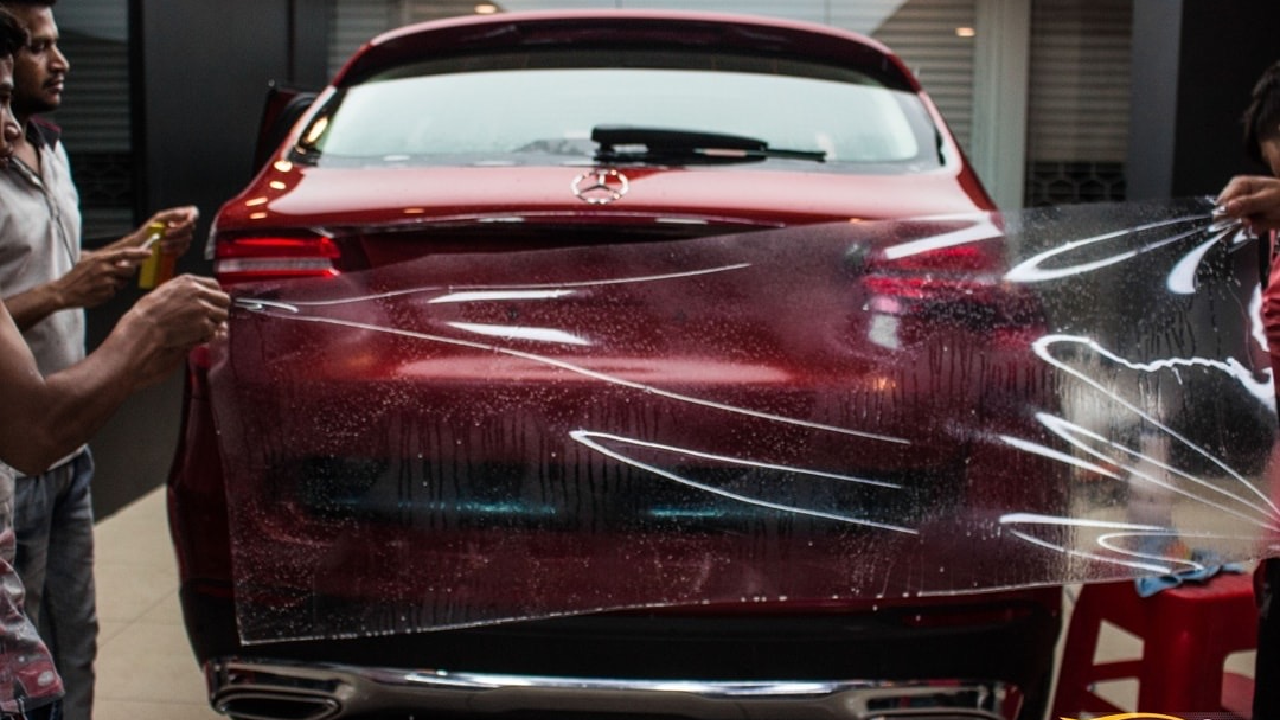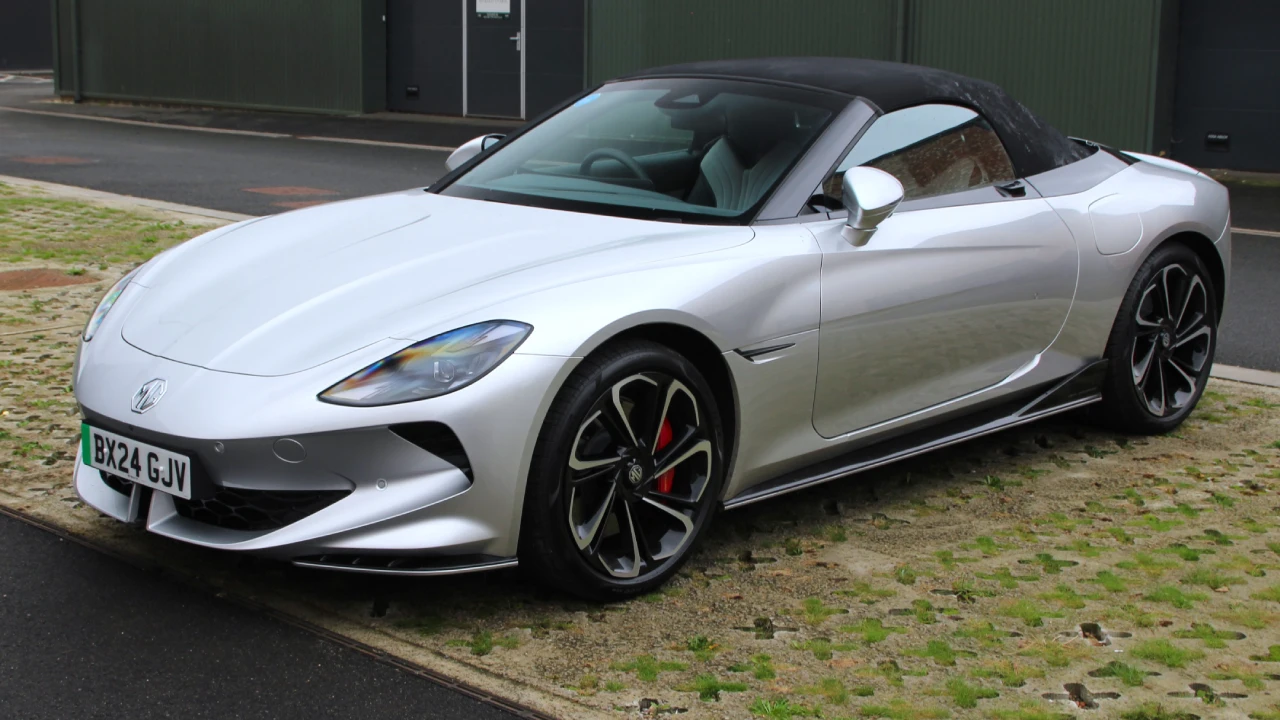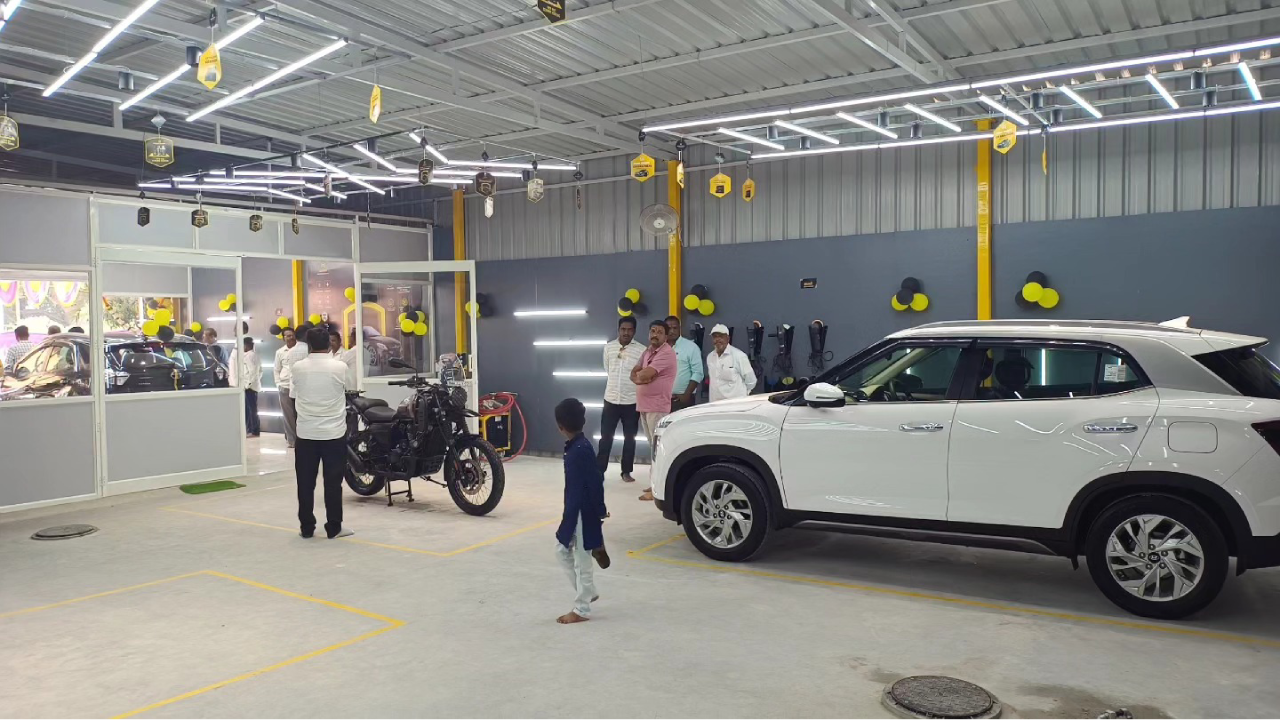You’ve invested a significant amount in buying your dream car. The showroom shine is stunning, and you feel immense pride. But the thought of the first rock chip or swirl mark is enough to cause anxiety. You’ve heard about paint protection film (PPF), an invisible, durable shield that promises to preserve your factory finish for years.
The real question, the one everyone is asking, is: Does car PPF really work, or is it just an expensive gimmick?
The short answer from industry experts is an unequivocal Yes. PPF is the most effective and durable form of car paint protection available today. However, its success is entirely dependent on the quality of the film (its composition and technology) and, more importantly, the skill of the installation.
This honest guide breaks down the science, addresses the realistic limitations, and helps you determine why this critical investment is necessary to protect your vehicle’s long-term value.
Table of contents
The Science Behind PPF for Cars
PPF for cars is a highly sophisticated, multi-layered product engineered for maximum resistance, clarity, and longevity. It is often referred to as a “film,” but in reality, it’s a technological marvel composed of four distinct layers working in unison.
Layer 1: The Adhesive Layer
This is the base layer that bonds the film to your car’s clear coat. It has a Pressure Sensitive Adhesive (PSA). This advanced, non-permanent adhesive allows the film to be precisely manipulated and securely locked onto the vehicle’s curves and edges during professional installation, yet it can be safely removed years later without damaging the factory paint.

Layer 2: The Thermoplastic Polyurethane (TPU) Core
This is the heart of the film, providing its primary defence mechanism. Premium films, like Aegis PPF, are made exclusively of Thermoplastic Polyurethane (TPU). TPU is a flexible, durable, and highly elastic material (typically 6 to 10 mils thick) designed to absorb and distribute kinetic energy. When a rock or road debris hits, the TPU layer stretches to absorb the impact, preventing the concentrated force that would otherwise chip the paint. TPU also provides the film’s essential UV resistance.
Layer 3: The Self-Healing Top Coat
This is the signature feature of premium PPF that separates it from standard plastic films. This layer is made of elastomeric polymers. When minor damage occurs (like light scratches or swirl marks), the heat from the sun, warm water, or a heat gun activates the polymer’s memory. The polymers quickly re-flow and return to their original, smooth molecular structure, making the scratch effectively disappear. This capability ensures the film maintains its optical clarity over time.
Layer 4: The Protective Release Liner
This layer protects the adhesive side (Layer 1) before the installation process begins. It ensures the adhesive remains pristine and uncontaminated until the moment the film is applied by the certified technician, guaranteeing a flawless, bubble-free bond to the vehicle’s surface.
By understanding the function of these four distinct layers, you can see why premium PPF is the foundational defence for your car’s paint, working far beyond the capabilities of simple waxes or sealants.
Polycarbonate + TPU Technology
While TPU is the industry standard for high-quality PPF, Aegis Paint Protection Films has raised the bar with its innovative XG Series PPF. This advanced film integrates a layer of high-grade Polycarbonate with the flexible TPU core, a pioneering move for the Indian market.
This composite structure delivers unparalleled defence. Polycarbonate is renowned for its extreme hardness and superior impact resistance; it’s the material often used in bulletproof glass. By combining it with the self-healing elasticity of TPU, the AEGIS XG Series offers dramatically enhanced puncture resistance and a robust shield against major impacts and deep scratches, ensuring your car is protected by the most advanced, durable shield available today. This is the next generation of paint protection.
Limitations of Paint Protection Films
While highly effective, it is crucial to have realistic expectations. PPF is an advanced shield, not a magic cloak.
- Does Not Prevent All Damage: Severe impacts, deep keying, or major dents will still damage the vehicle and may puncture the film.
- Yellowing Over Time: Cheaper, lower-quality films may yellow after extensive sun exposure.
- Potential Installation Issues: Bubbles, peeling edges, or cuts in the paint can result from an unskilled application.
- High Upfront Cost: The investment is significant compared to simpler solutions like waxing or sealants.
Is PPF for Cars Worth the Investment for a car?
For the owner of a premium vehicle, the value proposition of PPF for cars is overwhelmingly positive.
The Cost of Prevention vs. Repair
When evaluating the investment in car paint protection, consider the following:
- Resale Value: A car with flawless, original factory paint (protected by PPF) commands a significantly higher price than a car that has been repainted or is riddled with stone chips. PPF pays for itself by preserving your assets.
- Cost of Repainting: Repairing extensive road rash or a deep scratch on a single panel often costs tens of thousands of rupees. A quality respray costs significantly more and impacts your vehicle’s history.

The Non-Negotiable Factor: Professional Installation
The technology is only as good as the hands that apply it. Even the best film will fail if surface preparation is rushed or if the edges are poorly finished.
Expert detailers like CarzSpa Detailing Studios that exclusively install the best paint protection films like Aegis PPF follow manufacturer-certified protocols, ensuring a dust-free environment, meticulous paint correction before application, and precision-cut templates that result in a seamless, invisible finish. Without this expertise, you risk the very issues (peeling, bubbling) the film is meant to prevent.
Conclusion
Does paint protection film really work? Absolutely. It is a powerful, science-backed product that delivers on its promise to keep your vehicle’s finish showroom-fresh for years. However, its success hinges on two factors: choosing a premium-grade film (like Aegis PPF) with guaranteed self-healing and UV resistance, and entrusting the installation to an expert detailing service. For those serious about car paint protection and preserving their substantial investment, car PPF is not a luxury; it is the foundational defence required for long-term preservation.
Frequently Asked Questions
1. What areas should I protect if I can’t afford a full-body PPF?
Focus on the high-impact areas where chips are most likely: the front bumper, the full hood, the side mirrors, and the rocker panels behind the wheels. This gives you the maximum cost vs benefit.
2. Can I apply a ceramic coating over the PPF?
Yes, this is highly recommended! The ceramic coating enhances the gloss and makes the car PPF surface extremely hydrophobic, simplifying the cleaning process and adding a layer of chemical resistance.
3. How long does Paint Protection Film typically last?
High-quality, professionally installed films usually come with a manufacturer’s warranty of 7 to 10 years, covering failures like yellowing and cracking.
4. Is Aegis PPF a good choice for my new car?
Aegis PPF is a premium-grade film known for its robust self-healing properties and long-term durability. When installed by a certified studio like CarzSpa, it provides excellent long-term car paint protection against road debris and environmental wear.
5. What is the biggest limitation of paint protection film?
The biggest limitation is improper installation. A skilled professional is essential to avoid aesthetic issues like bubbling, lifting, or contamination, ensuring the paint protection film works exactly as advertised.









